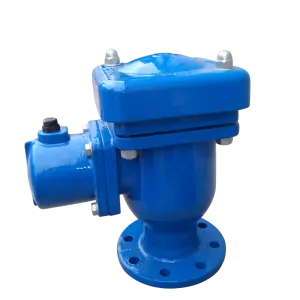In modern water supply networks, maintaining smooth operation and preventing system damage is a top priority for engineers and facility managers. A secondary water supply air valve is a critical component that ensures efficiency, reliability, and longevity by managing air within pressurized pipelines.
Why Air Management Matters in Water Systems
Trapped air in water pipelines can cause flow disruptions, energy loss, and even structural damage. Secondary water supply air valves address these challenges by:
-
Automatically releasing air pockets from pipelines
-
Preventing vacuum conditions that may collapse pipes
-
Reducing water hammer and pressure surges
-
Enhancing overall system efficiency
Applications Across Industries
These valves are versatile and widely used in:
-
Municipal Water Distribution: Smooth city water flow and reduce maintenance issues
-
Industrial Facilities: Cooling towers, water treatment plants, and processing systems
-
Agricultural Irrigation: Protect pipelines from pressure changes and damage
-
Commercial Buildings: Support secondary water systems in high-rise and large complexes
Benefits for B2B Buyers
Investing in high-quality secondary water supply air valves brings tangible advantages:
-
Improves operational reliability and reduces downtime
-
Optimizes energy use and lowers pumping costs
-
Extends the lifespan of pipes and related equipment
-
Ensures compliance with municipal and industrial water system standards
Conclusion
A secondary water supply air valve is essential for modern water systems, offering improved safety, energy efficiency, and reliability. Selecting the right valve tailored to your system ensures optimal performance, minimal maintenance, and long-term operational success.
Frequently Asked Questions
Q1: What does a secondary water supply air valve do?
It releases trapped air in pipelines to prevent disruptions and improve flow efficiency.
Q2: Can it protect against water hammer?
Yes, it minimizes pressure surges and safeguards pipes and equipment.
Q3: Where is it typically installed?
In municipal water networks, industrial facilities, irrigation systems, and large commercial buildings.
Q4: How does it save energy?
By removing air pockets, it reduces resistance and allows pumps to operate more efficiently.
Post time: Nov-04-2025






